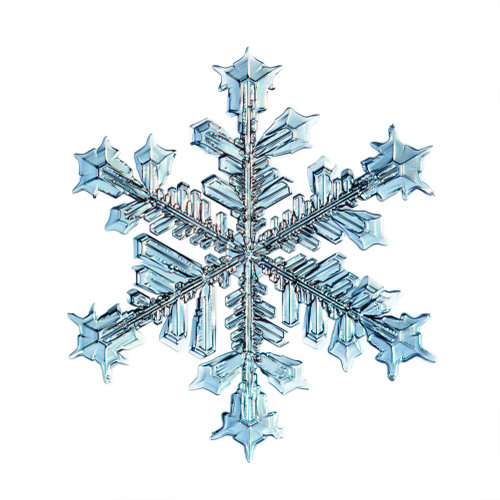Glacier mass balance
Glacier mass balance is a simple concept which has subtle and potentially vast implications. It is basically a budget of the amount of material (or mass) being added to or taken away from a glacier.
All glaciers gain mass each year, usually in the form of snow and usually in winter time. This mass gain is known as accumulation. Similarly, all glaciers lose mass each year, either in the form of summer melting or as icebergs. This mass loss is known as ablation. Glacier mass balance is simply the difference between the mass gained and the mass lost:
Glacier mass balance = accumulation – ablation
Mass balance is measured over a year. If the glacier gains more mass than it loses over the course of a year, it will have a positive mass balance. If it loses more than it gains, it will have a negative mass balance.
If it has a positive balance for several years in a row, the glacier will get thicker and will advance. Conversely, several years of negative mass balance will cause a glacier to retreat. If a glacier gains exactly the same amount of snowfall in the winter as it loses in melting the following summer, then it is said to be in equilibrium (Holden 2012: 16).
